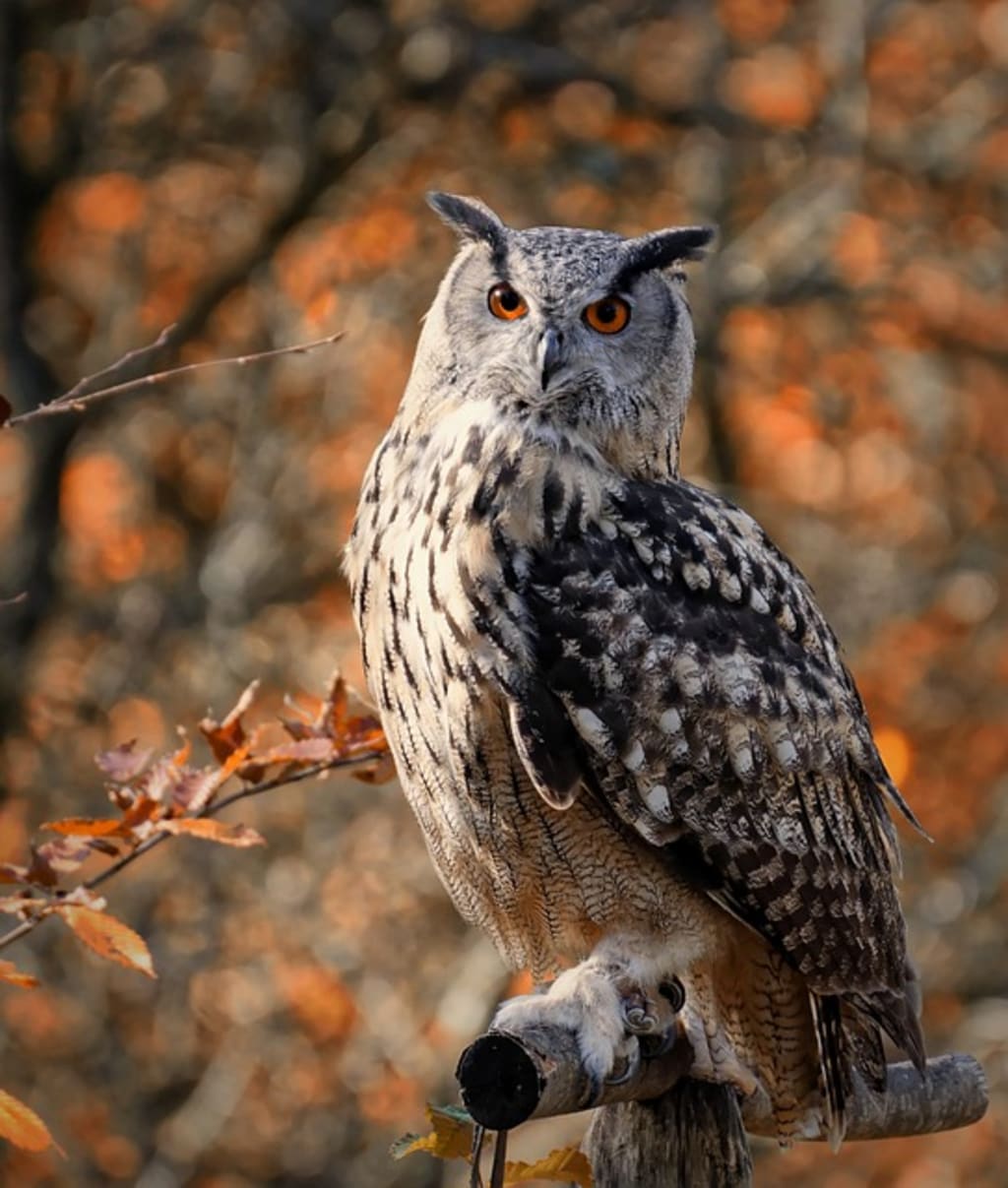Unveiling the Secrets of Australia's Fragile Ecosystems:
A 10,000-Year-Old Owl Pellet Holds the Key

Imagine a treasure trove that can unlock the mysteries of Australia's delicate ecosystems, a repository of ancient knowledge that has the potential to shape the future of conservation efforts. What if I told you that such a treasure exists in the form of a 10,000-year-old owl pellet? It may sound like a fantastical notion, but it's an incredible reality that holds the promise of preserving the natural heritage of this unique continent.
This remarkable specimen, along with a staggering collection of 100,000 others, was amassed by Field curator Bill Turnbull in the 1950s from the Nullarbor plain region of southern Australia. Today, the information contained within these ancient pellets is playing a pivotal role in safeguarding Australian habitats. But what exactly makes these congealed masses of bird vomit so vital?
To grasp the significance, we need to understand the intriguing habits of nocturnal raptors like owls. These majestic birds primarily feed on rodents, consuming copious amounts to meet their dietary needs. However, the bones and fur of their prey are indigestible, so they are regurgitated in the form of pellets. Some owl species return to the same roosting sites for generations, amassing these pellets in massive piles over long periods, which have fortunately been preserved in caves, sheltered from the elements. Over tens to hundreds of thousands of years, these accumulated owl pellets have provided paleontologists with an extraordinary record of the rodent species historically found in the region. Much like the fossilized layers of rock, the ages of these rodents become stratified the deeper one delves into these vast raptor pellet collections.
Now, you might be wondering why such information is of paramount interest. Over the last two centuries since European settlement in Australia, the country has experienced an alarming rate of mammal extinction, surpassing any other continent. Sadly, there is no written record of what Australia's mammal diversity looked like before the arrival of Europeans. Thus, scientists must employ creative means to interpret the country's past plant and animal history, and studying these raptor pellets becomes a remarkable starting point. Through this, scientists gain a lens into the past to better shape the future of Australian conservation efforts.
Recently, we had the opportunity to sit down with Dr. Matthew McDowell, a post-doctoral researcher at Flinders University in South Australia, who specializes in paleoecology and has developed a unique fondness for raptor pellets. Dr. McDowell demonstrated the process of sorting through the pellets, emphasizing the significance of the durable teeth as a means of identifying various species. The accumulation of owl pellets in some regions, like Kangaroo Island, has provided a continuous history spanning 150,000 years, showcasing the ebb and flow of rodent populations throughout time.
The knowledge gained from this intriguing endeavor serves multiple purposes. From the analysis of young fossils found in these pellets, researchers can deduce the appropriate diversity of native mammals that should be present in Australian national parks. By understanding past climate changes through the fossil record, predictive models can be developed to anticipate the types of animals that might inhabit these regions in the future. Such insight is invaluable for conservation management, ensuring that investments in preservation will yield lasting results, benefitting both the ecosystem and future generations.
While the scientific value of these owl pellets is undeniable, advocating for the conservation of seemingly less charismatic species like rodents poses its own set of challenges. Dr. McDowell acknowledges that rallying support for these creatures can be difficult compared to more beloved animals like pandas or tigers. However, rodents play a crucial role in their ecosystems, and their sensitivity to environmental changes makes them essential indicators of ecosystem health. By preserving these seemingly less glamorous species, we maintain the overall stability and resilience of ecosystems in the face of climate change.
But is this unique cave deposit material exclusive to Australia, or could such valuable information be found in other countries as well? Dr. McDowell explains that while the animal composition may differ, the processes remain largely the same. Any region with cave-dwelling birds of prey, such as the barn owl found in nearly every continent except Antarctica, holds the potential for these invaluable deposits.
The journey through time using ancient owl pellets to reveal Australia's ecological history is nothing short of awe-inspiring. These unassuming masses of regurgitated bones and fur have evolved into invaluable time capsules that not only unravel the past but also pave the way for a more sustainable and harmonious future. As we continue to explore the secrets of our world's ecosystems, the story hidden within each owl pellet serves as a poignant reminder of the importance of understanding and safeguarding our natural heritage.
About the Creator
Enjoyed the story? Support the Creator.
Subscribe for free to receive all their stories in your feed. You could also pledge your support or give them a one-off tip, letting them know you appreciate their work.





Comments
There are no comments for this story
Be the first to respond and start the conversation.